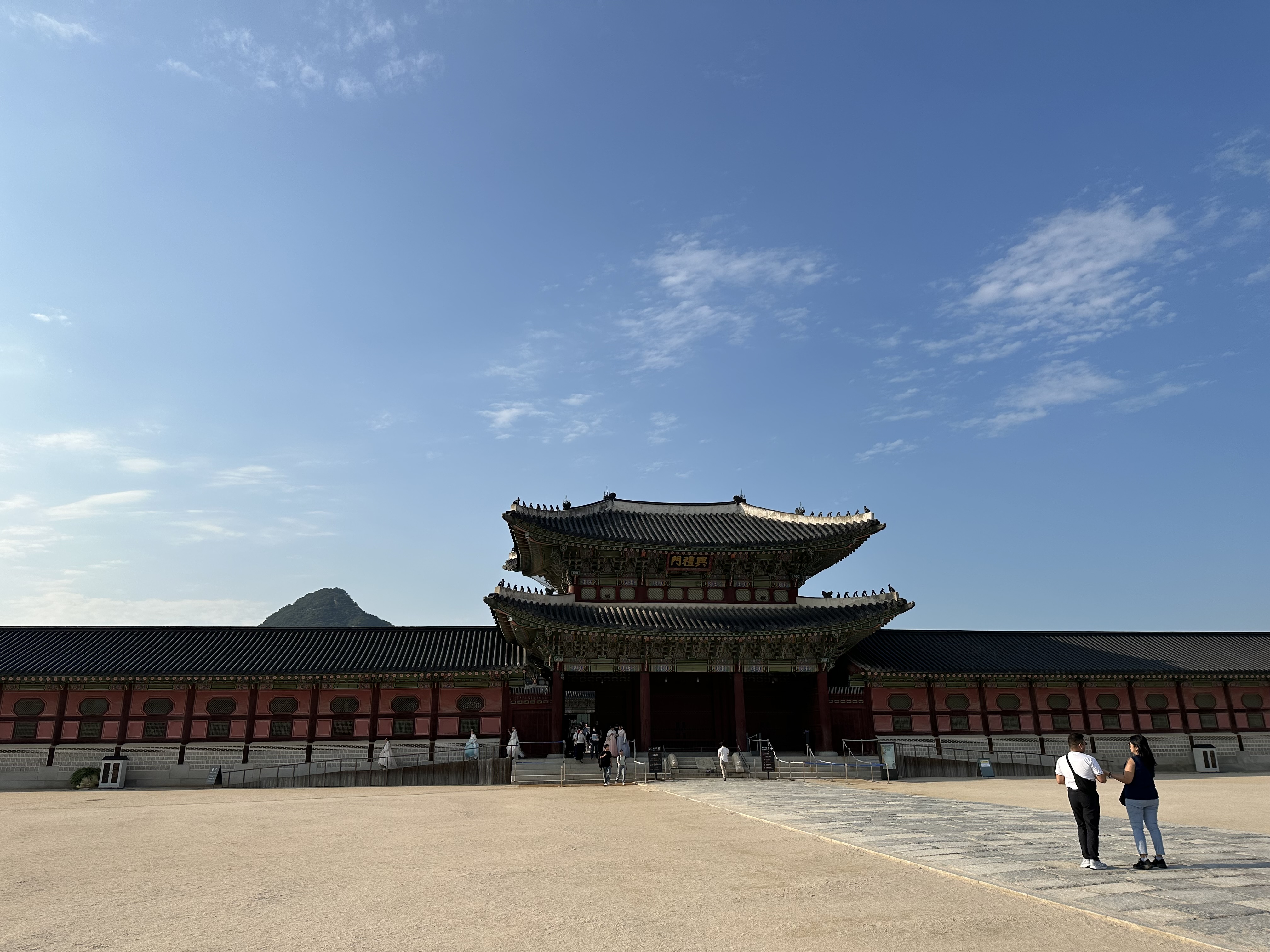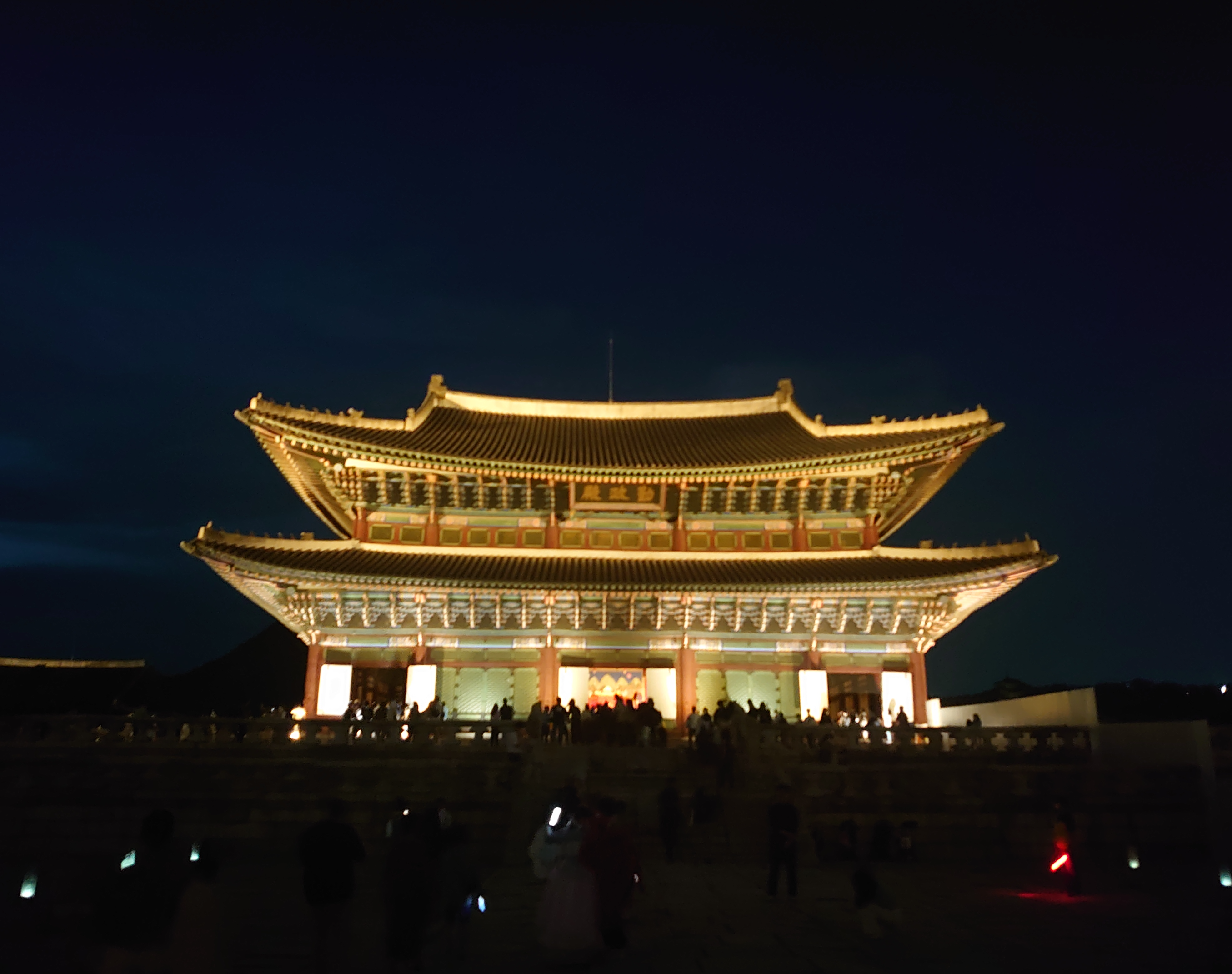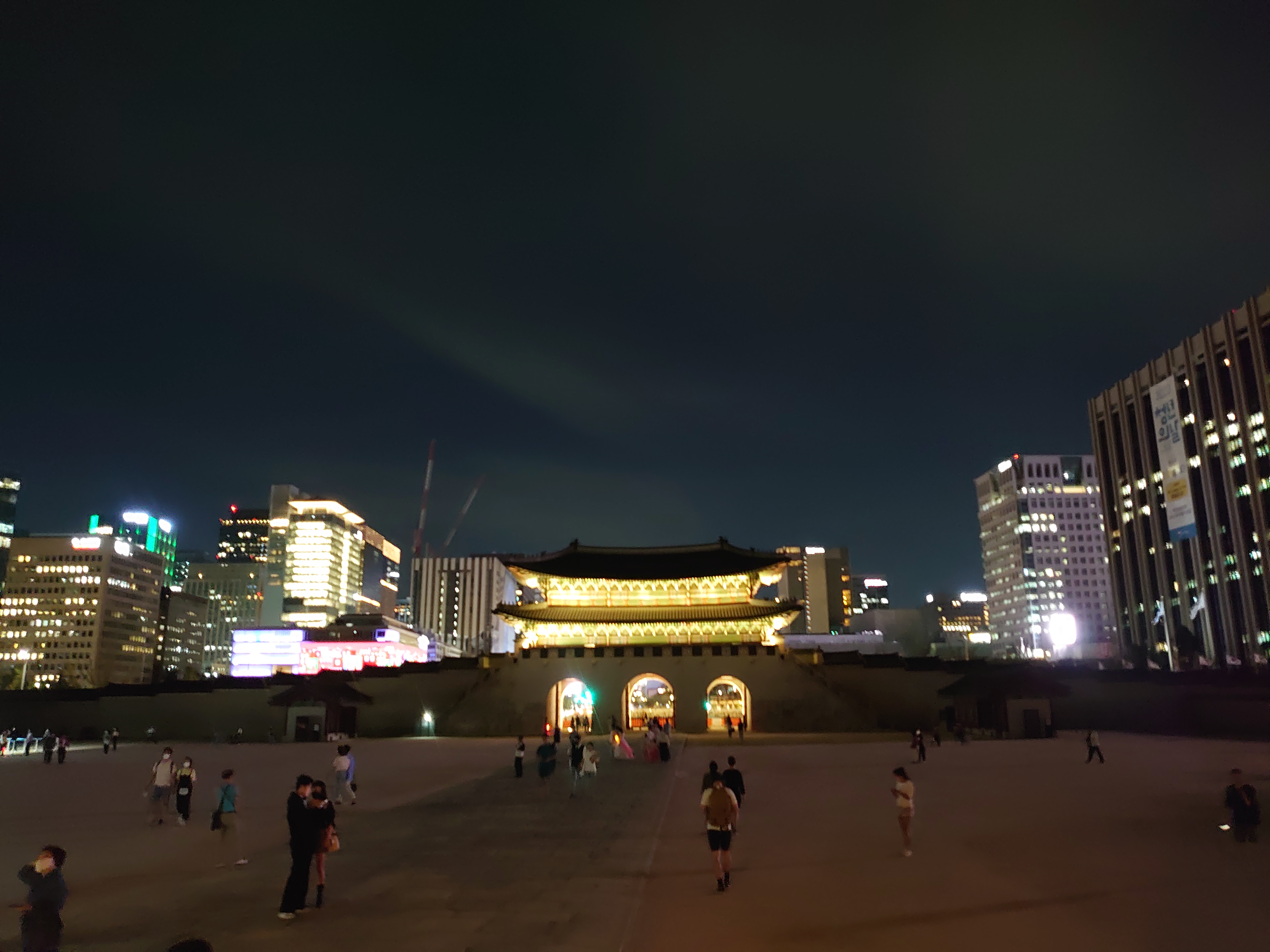Index
- Best itinerary for Exploring Gyeongbokgung Palace in Seoul
- suggested itinerary for Exploring Gyeongbokgung
- key points about Gyeongbokgung
Best itinerary for Exploring Gyeongbokgung Palace in Seoul


Gyeongbokgung Palace is the largest and most important of the five palaces built by the Joseon Dynasty in Seoul, South Korea. It was founded in 1395 by King Taejo, the first king of Joseon, and served as the main royal residence for over 500 years. The palace was destroyed by fire during the Imjin War (1592-1598) and again during the Korean War (1950-1953), but has since been restored to its former glory.
suggested itinerary for Exploring Gyeongbokgung

If you're planning a trip to Seoul, Gyeongbokgung Palace is a must-see. Here is a suggested itinerary for a one-day visit:
Morning
9:00 AM Arrive at Gyeongbokgung Palace and purchase your ticket.
9:30 AM Enter the palace through Gwanghwamun, the main gate.
10:00 AM Visit Gyeonghoeru Pavilion, a beautiful two-story pavilion located in the middle of a lake.
11:00 AM Have lunch at a nearby restaurant.
Afternoon
12:00 PM Visit Geunjeongjeon Hall, the main throne hall of the palace.
1:00 PM Visit the National Folk Museum of Korea, located inside Gyeongbokgung Palace.
3:00 PM Watch the Changing of the Guards Ceremony, a traditional Korean military ceremony.
Evening
4:00 PM Visit the National Palace Museum of Korea, located inside Gyeongbokgung Palace.
6:00 PM Leave Gyeongbokgung Palace.
Tips for visiting Gyeongbokgung Palace
The best time to visit Gyeongbokgung Palace is early in the morning, before the crowds arrive.
Wear comfortable shoes, as you will be doing a lot of walking.
Be respectful of the palace grounds and its surroundings.
Additional information
Admission to Gyeongbokgung Palace is 3,000 won for adults, 1,500 won for youth(ages 7-18), and free for children under 6, seniors over 65, and visitors wearing traditional Korean clothing.
Gyeongbokgung Palace is open from 9:00 AM to 6:00 PM (last admission at 5:00 PM) from March to May, from 9:00 AM to 6:30 PM (last admission at 5:30 PM) from June to August, and from 9:00 AM to 6:00 PM (last admission at 5:00 PM) from September to February. The palace is closed on Tuesdays.
key points about Gyeongbokgung
Point 1: Know the history of Gyeongbokgung Palace
Gyeongbokgung Palace was founded in 1395 by King Taejo, the first king of the Joseon Dynasty. It served as the main royal residence for over 500 years until the Korean War. The palace was destroyed by fire during the Imjin War (1592-1598) and again during the Korean War (1950-1953), but has since been restored to its former glory.
Here are some important historical facts about Gyeongbokgung Palace :
The palace was built according to the principles of geomancy, a traditional Korean practice of site selection and orientation.
The palace was originally much larger than it is today. It was expanded several times over the centuries, but was eventually reduced in size after the Korean War.
The palace was the site of many important events in Korean history, including coronations, royal weddings, and state banquets.
Point 2 : Enter Gyeongbokgung Palace through Gwanghwamun
Gyeongbokgung Palace is open from 9:00 am to 6:00 pm (last admission at 5:00 pm) from March to May, from 9:00 am to 6:30 pm from June to August, and from 9:00 am to 5:00 pm from September to February. The palace is closed on Tuesdays.
To enter Gyeongbokgung Palace, you must purchase a ticket at the ticket booth located in front of Gwanghwamun. The ticket price is 3,000 won for adults, 1,500 won for youth (ages 7-18), and free for children under 6, seniors over 65, and visitors wearing traditional Korean clothing.
Gwanghwamun is the main gate of Gyeongbokgung Palace. It is a two-story structure with a high stone base and a triple-arched gate. The middle gate was reserved for the king's use.
Point 3 : Visit Gyeongbokgung Palace's main buildings
Once you enter Gyeongbokgung Palace, be sure to visit the following main buildings:
Gyeongjeon Hall: The main throne hall of Gyeongbokgung Palace. It was used for important ceremonies, such as coronations and state banquets.
Gyeonghoeru Pavilion: A two-story pavilion located in the middle of a lake. It was used for royal banquets and other events.
Changgyeonggung Palace: A smaller palace located within Gyeongbokgung Palace. It was used as a residence for the queen and other members of the royal family.

Point 4 : Explore the rest of Gyeongbokgung Palace
Gyeongbokgung Palace also houses a number of other interesting attractions, including:
Biwon Garden: A beautiful garden located behind Gyeonghoeru Pavilion.
Hyangwonjeong Pavilion: A small pavilion located on a small island in Biwon Garden.
Huwon Garden: A secret garden located behind Changgyeonggung Palace.
Point 5: Watch the Changing of the Guard Ceremony
The Changing of the Guard Ceremony is atraditional Korean military ceremony that is held twice a day at Gyeongbokgung Palace. The ceremony begins with a drum roll and then the guards march in a procession. The guards are dressed in traditional Korean uniforms and carry traditional weapons.
The Changing of the Guard Ceremony is a popular tourist attraction, so it is best to arrive early to get a good spot. The ceremony is held at 10:00 am and 2:00 pm daily.
Thanks for watching.
2024.02.24 - [greetings from korea] - Major Attractions in Myeongdong, the center of Seoul
Major Attractions in Myeongdong, the center of Seoul
Index Seoul Myeongdong Tour : Cathedral & Shopping Guide Introduction to Myeongdong Major Attractions in Myeongdong Seoul Myeongdong Tour : Cathedral & Shopping Guide Myeongdong, the most popular tourist destination in Seoul, is a bustling shopping distric
valuable12.com
2024.02.24 - [greetings from korea] - Seoul Cheonggyecheon Tour : Stream, Culture, and Art Guide
Seoul Cheonggyecheon Tour : Stream, Culture, and Art Guide
Index Seoul Cheonggyecheon Tour: Stream, Culture and Art Guide Introduction to Cheonggyecheon Major Attractions along Cheonggyecheon Seoul Cheonggyecheon Tour : Stream, Culture, and Art Guide Cheonggyecheon, a stream that runs through the center of Seoul,
valuable12.com
'여행' 카테고리의 다른 글
| Discovering Seoul's Historic Heart : Gyeongbokgung Palace, Gwanghwamun (0) | 2024.03.01 |
|---|---|
| Seoul's Heritage Trail : Naksan, Hanyangdoseong, DDP (0) | 2024.02.29 |
| Major Attractions in Dongdaemun(DDP) (0) | 2024.02.27 |
| Major Attractions in Myeongdong, the center of Seoul (0) | 2024.02.24 |
| Seoul Cheonggyecheon Tour : Stream, Culture, and Art Guide (0) | 2024.02.24 |



